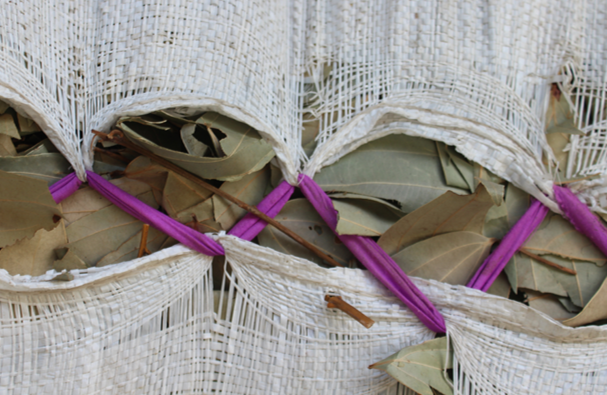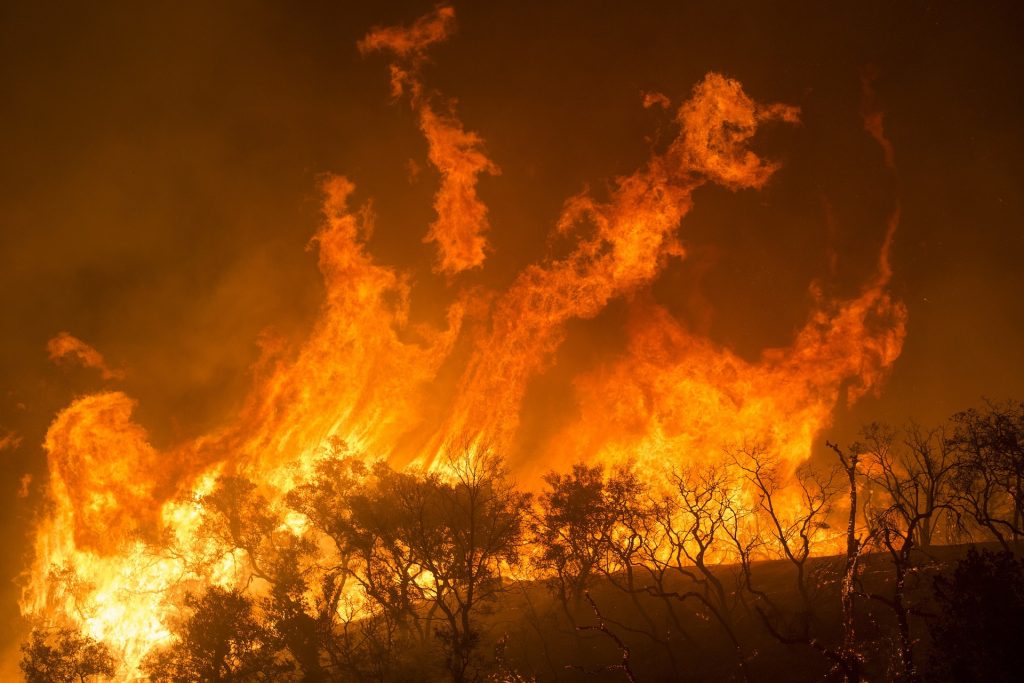Spotlight #80 – Becoming visible – non-timber forest products and a sustainable economy
Spotlight #80 – Becoming visible – non-timber forest products and a sustainable economy

One positive and largely overlooked outcome of the current coronavirus could be a stronger bioeconomy.
“I think the pandemic is going to spur the bioeconomy,” said Dr. James Chamberlain of the United States Forest Service, Southern Research Station in Blacksburg, Virginia, and Coordinator of IUFRO’s Unlocking the Bioeconomy and Non-Timber Forest Products Task Force.
Read more…The world is fighting forest fires in the midst of a pandemic
The world is fighting forest fires in the midst of a pandemic
Interview with Dr. Andrey Krasovskiy originally published in French: https://journalmetro.com/perspective/2477417/monde-lutte-feux-de-foret-pandemie/
On 25 June 2020 by Miguel Velazquez, Métro World News
Dr. Andrey Krasovskiy is a Research Scholar working with the Ecosystems Services and Management Program (ESM) of the International Institute for Applied Systems Analysis (IIASA), Austria: https://iiasa.ac.at/
He is a Member of the IUFRO Task Force “Fire$: Economic Drivers of Global Wildland Fire Activity”: https://www.iufro.org/science/task-forces/global-wildland-fire-activity/
Q: What is the outlook for forest fires this year?
Forest fires are likely to keep the dynamics from previous years. Along with the problematic regions, such as Amazon, where forest fires are driven by deforestation, and Indonesia, where extremely vulnerable peatland areas are located, considerable fire events are to be expected in boreal forests of Russia, the US, and Canada. The forest fires might also show relative increase compared to previous years in Central European countries. There is a danger that post-quarantine human activities will further add to forest fire frequency in the Mediterranean region, as well as globally.

“Harnessing Synergies between Agriculture and Forest Restoration’
“Harnessing Synergies between Agriculture and Forest Restoration’
Communities work together to restore forests – an example from Nepal
By Lila Nath Sharma, PhD
Blog from IUFRO Member Organization ForestAction Nepal
Jalthal forest is a 6,000 ha forested land in the densely populated region in the lowland of Southeastern Nepal. It is a remnant moist tropical forest with diverse ecosystems and habitats comprising swamps, rivers, ponds, hillocks and plain areas. It is an important biodiversity hotspot with several threatened floras and faunas including the Asiatic elephant and pangolin. The forest has unique assemblages of tropical and subtropical plant species found in the sub Himalayan tract. Floristic elements from different bio-geographical regions – Sino Himalayan, East Asian and Indian, for example – makes the forest diverse and unique.
The forest is an important source of environmental services including fresh water and multitudes of forest products for people living around the forest. It is currently managed by 22 Community Forest User Groups (CFUGs) and is an important livelihood source for over 80,000 people. In spite of high ecological and social significance, the Jalthal forest is subjected to multiple pressures. These include invasive species, human-wildlife conflict (particularly human-elephant), wildlife poaching, illegal felling of trees and timber focused forest management.
Read more…